Betta fish, also known as Siamese fighting fish, are native to Southeast Asia’s rice paddies and slow-moving waters. These captivating creatures have been selectively bred for their vibrant colors and flowing fins for hundreds of years. This human intervention has resulted in a stunning array of betta varieties, some so unique and difficult to find that they are considered incredibly rare and valuable among collectors.
Content Table
Today, we’ll delve into the world of these rarest betta fish and explore what makes them stand out from the crowd and the care guide for rare betta fish.
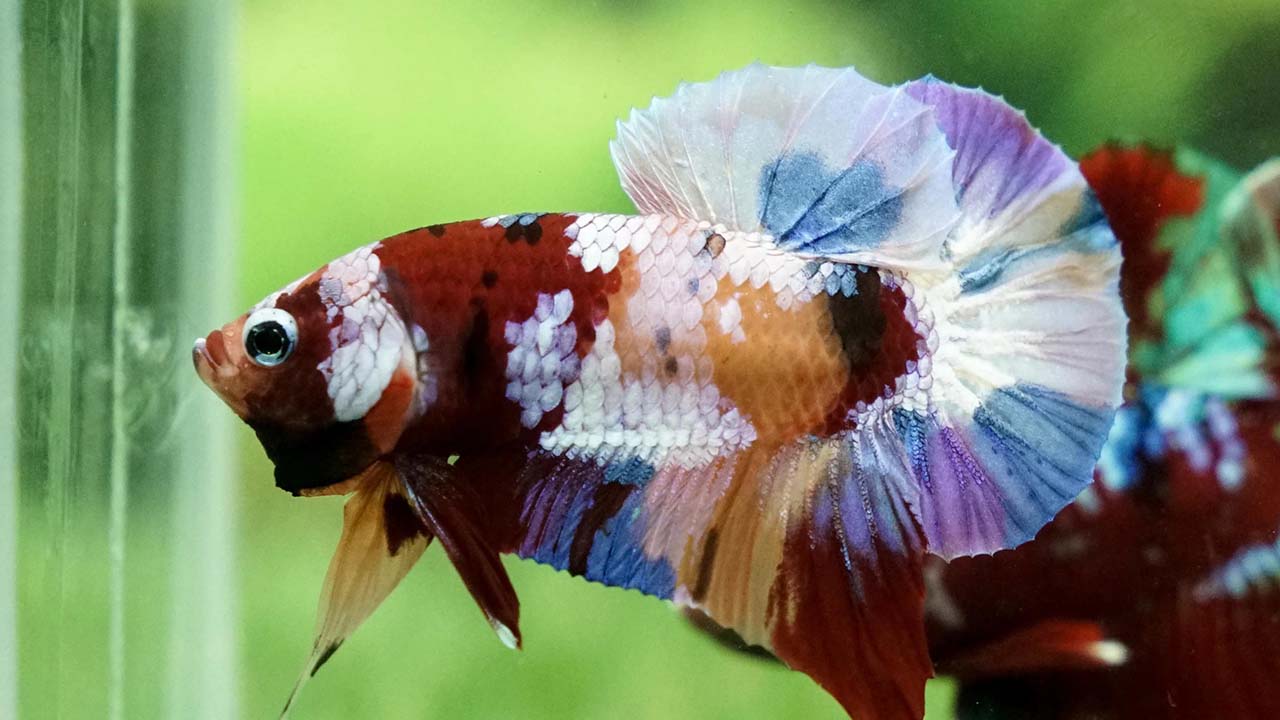
The Rarest Betta Fish in the World
We can’t predict the rarest betta fish in the world because it can be tricky to figure out. Rarity is determined by breeding difficulty, availability, current fashion, and aesthetics. On the other hand, some of the popular betta breeds are hard to get, like the fantail betta breed. A fantail betta’s obvious characteristic features are two caudal fins (one for each side of the body), resembling a fan. Therefore, this phenomenon is due to the occurrence of a recessive gene which is rare and interesting to betta breeders.
What is the Rarest Betta Fish Color
Wisely speaking, only color is rare, but we can say some colors are very difficult to find. These colors may be BSE/Chocolate Oranges, BSE Yellows, Orange Dalmatians, and pure Black. Technically speaking, Purple, Green, and Pink are the colors that didn’t exist in Betta fish till now.
Rarest Betta Fish Types
Aquarium enthusiasts constantly strive for unique characteristics, leading to the emergence of exceptionally rare betta fish types. Here are 8 rarest betta fish that top the rarity charts:
1. King Crowntail Betta
| Imagine a crown fit for royalty adorning a fish’s tail. The King Crowntail Betta boasts precisely that, with its caudal fin reaching out in rays that split and resemble a crown. This majestic fish is a true showstopper, the result of meticulous breeding to achieve the intricate finnage. | 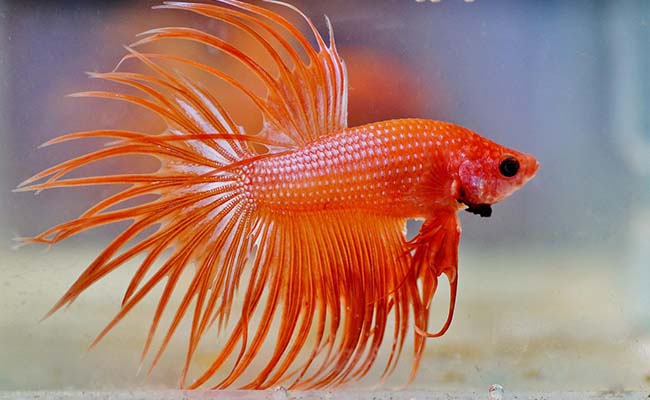 |
2. 24K Gold Betta
| Shimmering with a metallic gold sheen, this breathtaking betta fish appears as if dipped in liquid gold. This incredible coloration is due to a rare genetic mutation that disrupts the betta’s natural pigment cells, resulting in the production of shimmering, gold-like scales. | 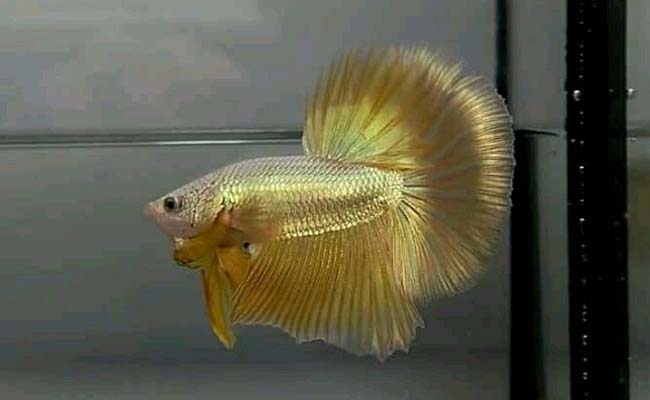 |
3. Galaxy Betta
| Awash with iridescent scales that resemble a starry night sky, the Galaxy Betta lives up to its name. This mesmerizing effect is achieved through a combination of genes that influence iridescence and a base color of black or dark blue. As light hits the scales from different angles, it scatters and creates the illusion of a twinkling galaxy. | 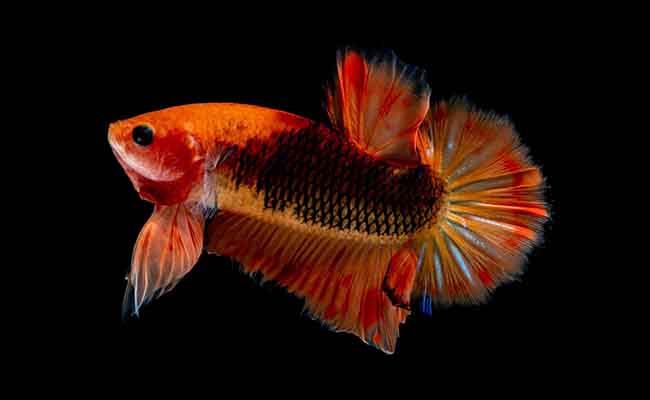 |
4. Koi Betta
| Evoking the colors of the prized Koi carp, this betta displays a mesmerizing combination of red, orange, white, and black. Achieving this specific coloration requires precise breeding to ensure the presence of multiple color-producing genes and their interaction. The result is a fish that embodies the elegance and beauty of the Koi carp in a betta form. | 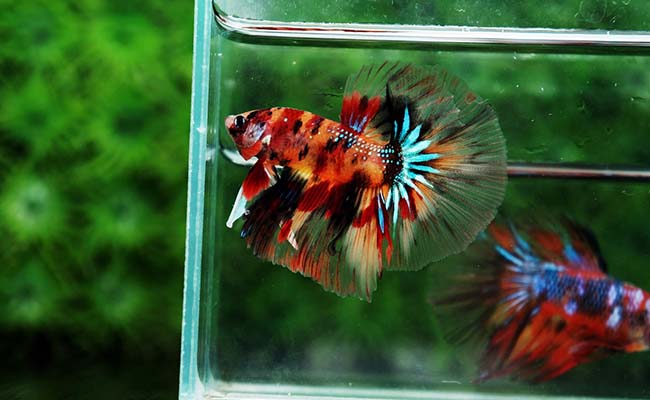 |
5. Halfmoon Mustard Gas Betta
| Don’t be fooled by the name! This rare betta fish boasts a unique, almost translucent yellow body with vibrant red accents on the fins, particularly the flowing half moon tail. The body color is achieved through a dilution of melanin, the pigment responsible for darker colors. The red accents, on the other hand, come from a different set of genes and create a striking contrast against the pale body. | 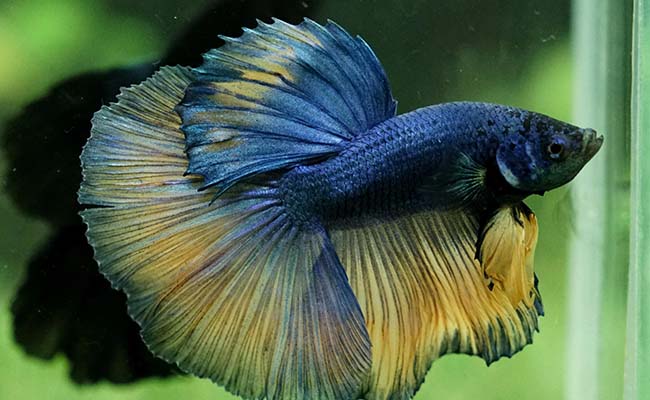 |
6. Black Dragon Betta
| A deep, almost inky black body with a metallic sheen and contrasting white or red fins make this betta fish a dramatic beauty. This coloration is the result of a concentration of melanin, creating a deep black color. The contrasting fins add a pop of color and further enhance the fish’s dramatic appearance. | 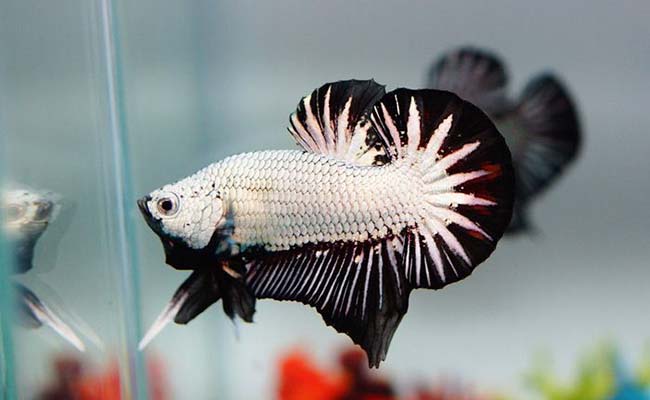 |
7. Platinum Betta
| Imagine a fish with a shimmering, almost white body. The Platinum Betta achieves this ethereal look through a combination of genes that reduce melanin production and promote the development of iridescent scales. The result is a fish that appears to glow with an otherworldly sheen. | 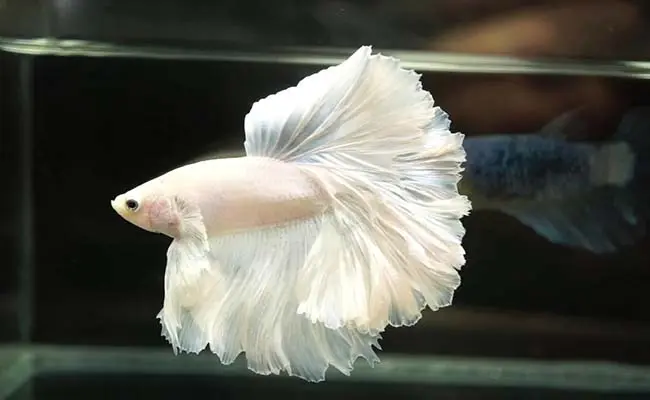 |
8. Fantail Betta
| This rare gem betta possesses two caudal fins that resemble a fantail goldfish, adding an elegant twist to the classic betta form. This unique characteristic is a developmental mutation that causes the caudal fin to split into two lobes. While not as flowing as the fins of other betta types, the fantail betta’s fins add a touch of whimsy and elegance. | 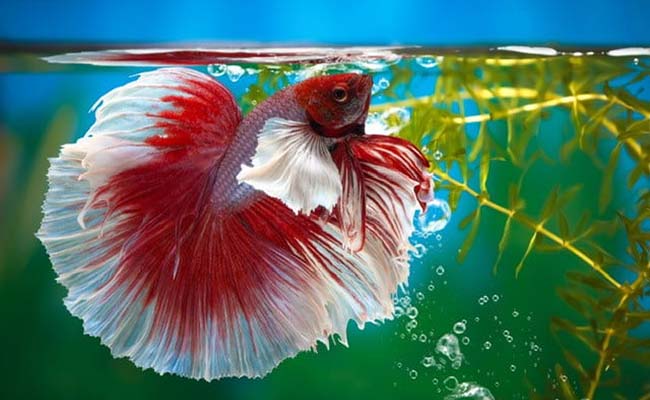 |
Will Rarest Betta Fish Change Color?
Even rare bettas can exhibit some color change as they mature. However, the core traits that define their rarity, like fin shape or specific color combinations, will remain relatively stable.
But intentionally, Betta fish do not change their colors. The color is pre-decided by the genes and stable for the entire life. Stress might be the reason behind losing betta fish colors because the habitat is not suited for them.
The Best Environment for the Rarest Betta
While there aren’t specific environments for rare bettas (they need the same core conditions as any betta), mimicking their natural habitat is key. Here’s what that entails:
- Heated & Stagnant: Replicate Southeast Asian rice paddies with warm (75-82°F) stagnant water. Avoid bowls, opt for a small heated aquarium (5+ gallons) for better temperature control.
- Filtration & Quality: Stagnant doesn’t mean dirty! Use a filter suitable for the tank size and perform regular water changes to maintain good water quality.
- Hiding Spots & Plants: Provide hiding spots like caves or plants to reduce stress. Live plants for betta are ideal as they absorb waste and provide oxygen.
- Calming Flow: Bettas prefer still water, so avoid strong currents from the filter. You can baffle the filter output to create a gentler flow or use an internal power filter in the betta fish tank.
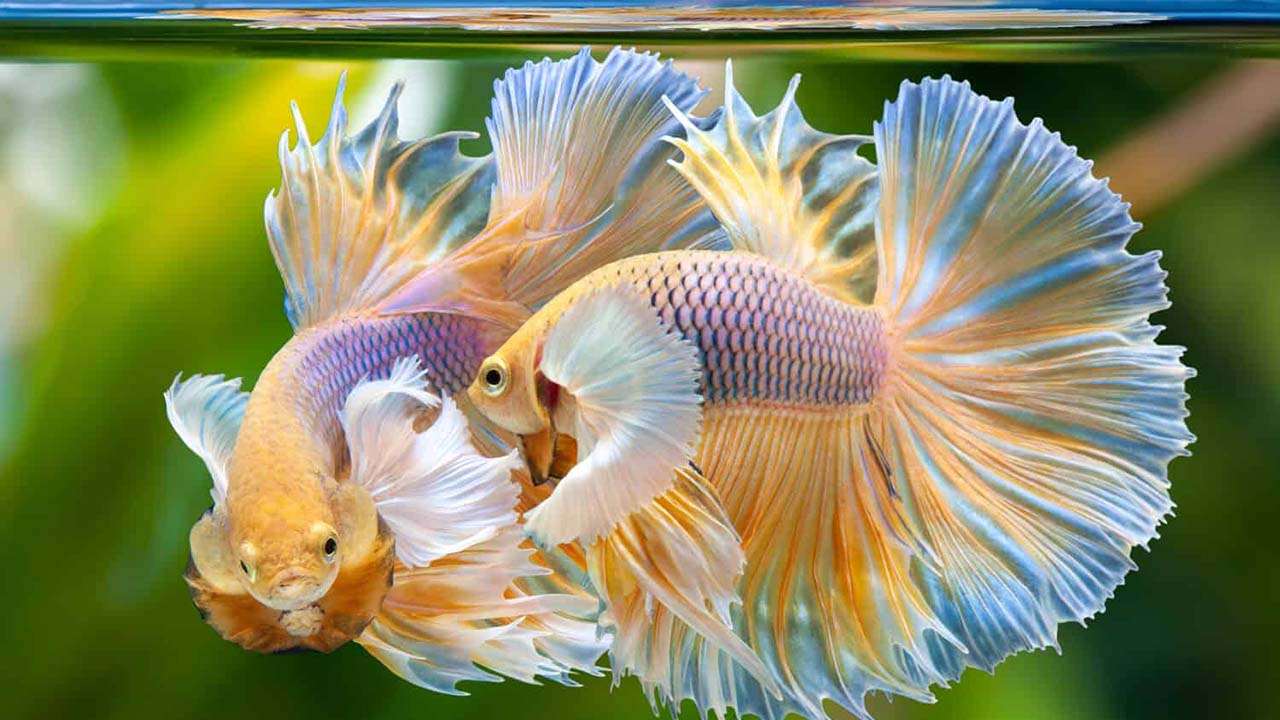
Comprehensive Care for a Rare Betta Fish
Here’s a breakdown to keep your precious rarest Betta Fish pet thriving:
1. Water
- Soft and Slightly Acidic: Try to get your water supply with a pH between 4.0 and 6.0. This mimics their natural environment which is Southeast Asian rice paddies.
- Skip the Tap: Using tap water may be too rigid. Try the treated rainwater or RO water (reverse osmosis). If that is not feasible, consider treating tap water with special aquarium products to correct pH, hardness, and other factors.
- Temperature Matters: Make sure that the temperature of the water stays around 75-88°F (24-28°C). A small aquarium heater can easily help strike this balance.
- Partial Water Changes: Change 25-50% of the water every week. This way ensures the water remains fresh and sewage products are dispersed.
2. Habitat
- Tank Size: Even though bettas can survive in small tanks, it is recommended that people have a 5-gallon tank for their rare betta. This enables them to display and do their thing, swish-swish.
- Live Plants: Plants not only provide the environment with naturalness but also function in filtering waste. For shady areas, select low-light, acidic water plants like cryptocoryne or floating plants.
- Hiding Spots: Decorate the tank using smooth rocks and driftwood to provide some hideouts. Bettas tend to be shy, and some well-placed spots will comfort them.
- Light it Right: Don’t use bright lights. As for the lighting system, low to moderate illumination would be the best option for bettas.
3. Keeping It Healthy
- Betta-friendly Food: Feed the Betta an appropriate quality betta fish food. Small pellets or flakes will be okay, but Betta will likely enjoy bloodworms as snacks from time to time.
- Don’t Overfeed: Feed your rarest betta just enough, about the size of their eye, only every day or late at night. Excess feeding is likely to cause health issues.
Final Thoughts
Caring for a rare betta fish is not much different from ordinary caring for a betta. The answer lies in replicating their natural environment with warm, stagnant water of just slightly acidic pH and decorating it with plants and hiding spots. Appropriate care will help them regenerate and for many years they will become your beautiful and interesting friends.
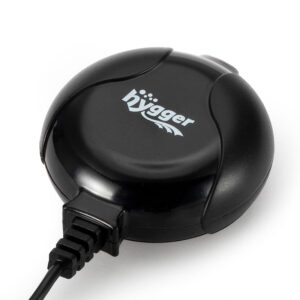

Leave a comment